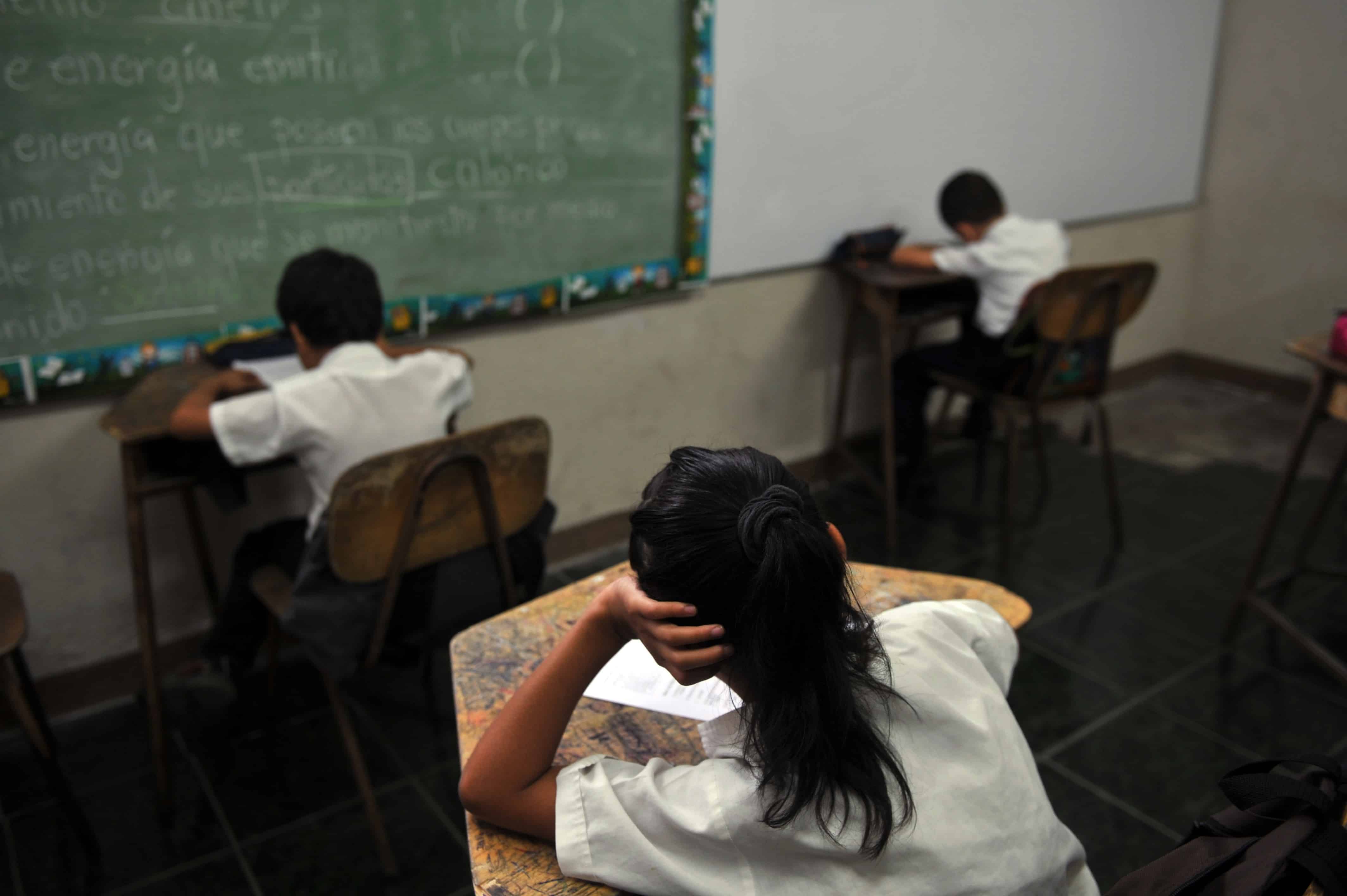Spending on education in Latin America and the Caribbean will fall by 9% during 2020, due to the sharp contraction of GDP in the region due to the coronavirus pandemic, according to a joint study by UNESCO and ECLAC.
The 9.1% contraction in the Gross Domestic Product (GDP) that the region would experience this year will cause a sharp decrease of 9% in “the amount of resources available for education” in 2020, indicated the study “Education in the time of COVID-19,” presented by UNESCO and the Economic Commission for Latin America and the Caribbean (ECLAC).
“Without the pandemic, education spending would have increased by 3.6% from 2019 to 2020 (from US $514 billion to US $532 billion),” according to the report that collected data from 33 countries in the region.
“Since the economic impact of the COVID-19 pandemic is still evolving and the recovery may take longer, the real budgetary consequences may not be seen until 2021.”
The document stresses the “fundamental priority” of protecting education systems and warns about the widening gaps in terms of access, equity and educational quality, especially affecting the most vulnerable.
In Latin America, the region hardest hit by the pandemic, the coronavirus has registered more than 6.7 million infected and about 260,000 deaths.
The pandemic has also caused some 160 million Latin American students to have stopped attending schools. In 29 countries, students do not have face-to-face classes, but in 26 of them distance classes have been established.
However, access to computers is very uneven in the region. 80% of students in the highest socioeconomic quartile have one, compared to 20% of students in the first quartile. And the report noted the high likelihood that “several members of a household will need to use the same device in order to continue education or work activities from home.”
In Costa Rica, 73% of 15-year-old students have a computer at home, and 83% have a device with an internet connection, according to the report. Both figures are above the Latin American average (61 and 79%, respectively).
However, there is a sharp divide between Costa Rican students whose families are of different socioeconomic classes. 83% of homes in the top quartile have a laptop, for example, while 37% of families in the lowest quartile have those devices.
“The digital divide and inequality in the material conditions of households and schools are major challenges that must be addressed,” the report warns.
Nicaragua is the only country that did not suspend classes during the pandemic, while Uruguay resumed face-to-face classes by June 29 for all schools. Ecuador (June 1) and Saint Vincent and the Grenadines have also started partial classes.
Read the full report here. (Link downloads PDF.)






